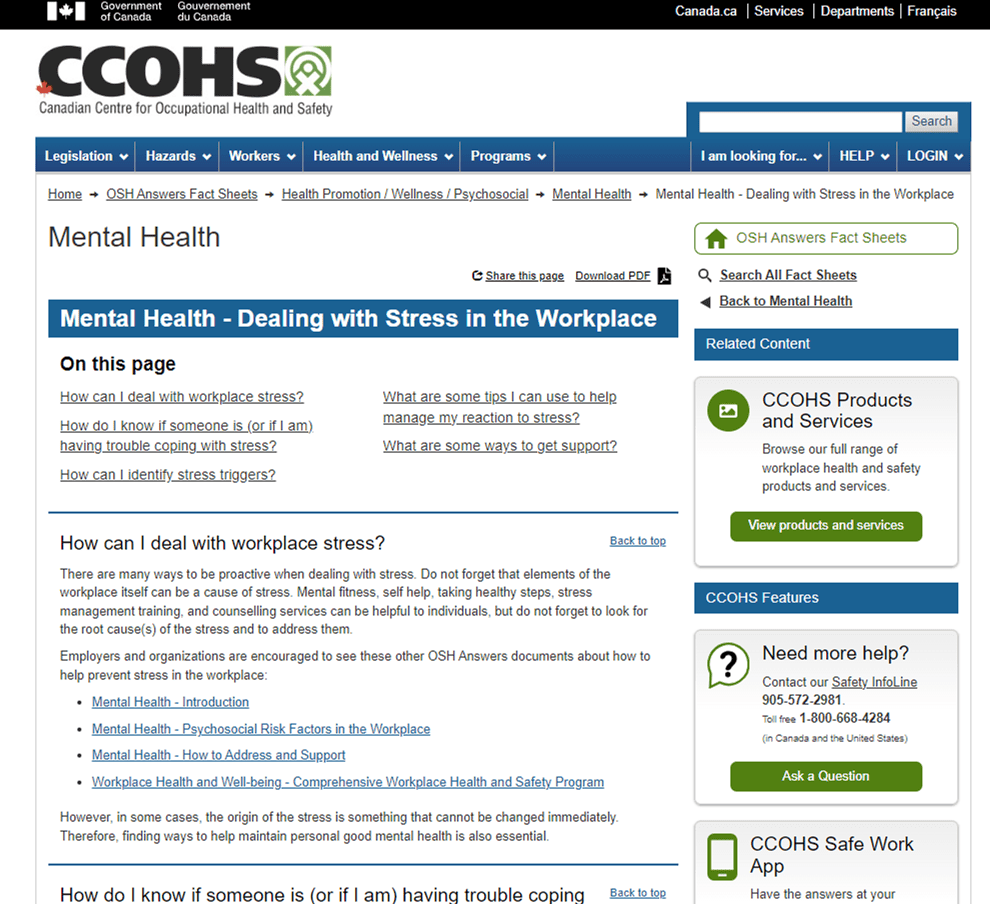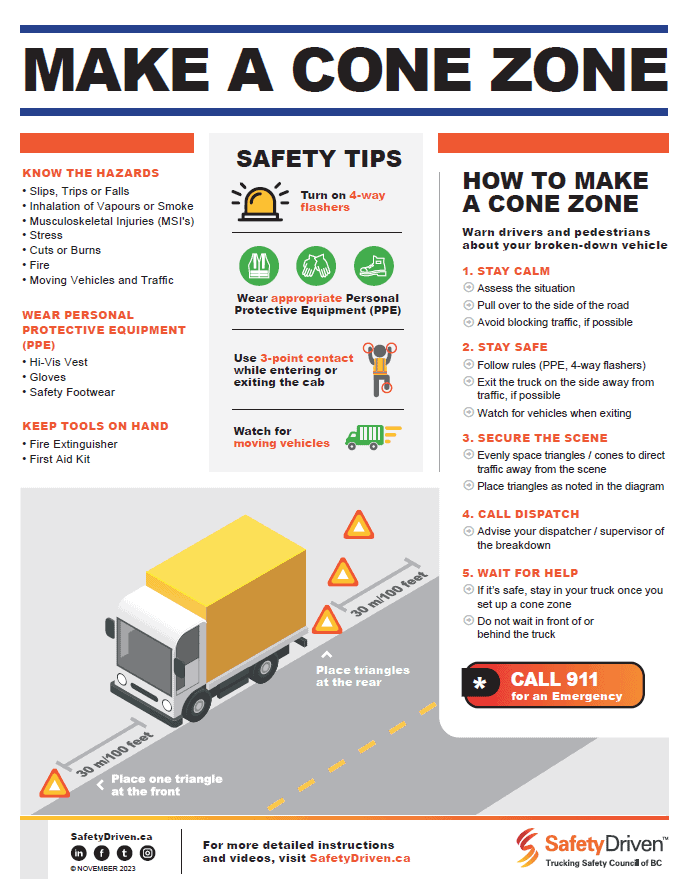
Safety at Work: What It Means to Employees
We asked them two questions.
How many times you have heard “safety first” or “everything starts with safety”? I am pretty sure that we have all heard some variation of these phrases. As a safety professional myself, it does become challenging at times to know which approach is the best for motivating employees and staff to be more safety-conscious in the workplace and at home. Why at home as well? It is because 70 percent of all injuries occur at home.
Our objective is to create a safety culture, but what is a safety culture exactly? The common definition is a set of common beliefs that are acceptable to a group, but I believe a safety culture goes beyond that. As such, I decided to try to increase the safety consciousness of employees and staff at my workplace by involving them in our monthly safety meetings. I started by asking each employee at safety meetings two questions: what does safety mean to them; and what is a safety culture?
For the first question, the answers I received were varied and based on their personal beliefs, like not getting hurt. I was impressed with one of the answers I received, which was that safety is “a lifestyle.” And that started to make me think about the core values of a person.
For the second question, I was surprised that most of the employees did not know what a safety culture or their concept of a safety culture was, for example, wearing a hard hat. I received a lot of positive feedback, but also a backlash from some employees who did not like to be singled out in front of the group and preferred to not participate. I do understand that not everyone is comfortable with speaking in front of groups, but I believe that in order to improve as a person, you must be placed outside of your comfort zone. So my definition of a safety culture is “a set of shared core values of a group of individuals that believe safety is more than work, home or lifestyle; it is part of who we are.”
The following month, I decided to pursue the same format in our safety meetings. The two questions I asked this time were: what are you doing now to contribute to safety; and what are you willing to do for the next month to improve safety on-site? Obviously, these questions were more challenging for the staff, because they were aimed to make them dig deeper within themselves.
For the first question, just like the previous month, I received a wide range of answers from picking objects up from the ground to ensuring that their fellow co-workers locks out properly during cleaning and maintenance. When it came to the second question, the employees found it difficult to give an answer.
To help them out, I provided them two personal commitments that I had made for myself for the next two months: look only for the positive actions around me; and to observe one employee per day, thank them for working safely and let them know the reason why I thanked them. Once I mentioned my own commitments, it did encourage some of the workers to provide their own personal commitments to improve safety at the workplace.
As you can see, safety is not as easy as replacing a bolt or putting on a guard. It is dealing with people. I wish I can say that all employees were on board with my approach, but I made some headway. Some employees’ eyes were opened to this new approach that safety comes from within each and every one of us.
Certified health and safety consultant Christian Fournier is a safety and training coordinator with Fornebu Lumber Company Inc. in New Brunswick.
Stay up to date and sign up for one of our newsletters for topics on Site Safety, Commercial Vehicle Safety and more!
Latest Resources
Mental Health – Dealing with Stress in the Workplace
Canadian Centre for Occupational Health and Safety (CCOHS)Visit the Canadian Centre for Occupational Health and Safety (CCOHS) website for reso ...

